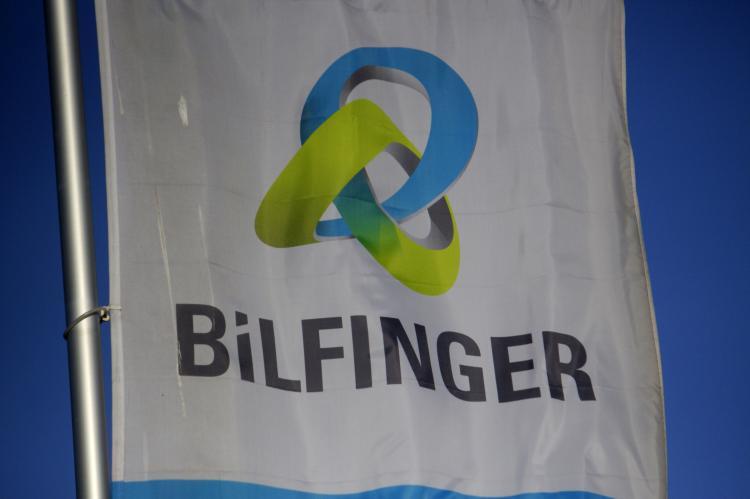Bilfinger Supports Gasunie’s Innovative Green Hydrogen Storage Project in the Netherlands

Bilfinger announced it was using its expertise and experience to support the engineering of Gasunie’s HyStock project, an underground green hydrogen facility near Zuidwending in the Netherlands.
According to the announcement, the new underground hydrogen storage facility will be used to store green energy drawn from several sources, including wind parks or photovoltaic installations available in the short and long term. It will be used to offset any green hydrogen shortages in the future.
Bilfinger will deliver the plant’s Basic Engineering for above-ground installation, including equipment, piping, buildings, pipelines, and infrastructure. The plant will inject green hydrogen into caverns into deep underground salt layers.
“Hydrogen is the most promising technology for the storage of renewable energy. We are proud to contribute to Gasunie’s HyStock project with our expertise and experience,” said Thomas Schulz, Bilfinger’s Group CEO.
Hydrogen is one of the most important clean energy sources because of its high energy density, ease of transportation, and low capital cost. It can be transported through the existing energy infrastructure.
Building On Previous Collaboration
Bilfinger and Gasunie have collaborated for many years and are reaping from the experience and knowledge gained from previous natural gas storage facilities.
The compressor station will deliver 76 million cubic meters of hydrogen gas in each of the four caverns to determine the total storage capacity of about 26 million kilograms of hydrogen.
Bilfinger will manage the large-scale hydrogen storage site through a multidisciplinary team with extensive technical knowledge and experience. The storage facility and the first of the four caverns are scheduled to be operational by 2026 and will be a milestone for hydrogen infrastructure in the Netherlands.
Large-scale hydrogen storage in salt caverns is a technically and economically viable long-term and short-term solution. Storing hydrogen to correct future imbalances at the gigawatt scale requires quickly injection and extraction of large hydrogen amounts. Therefore, caverns must support rapid hydrogen delivery.
Bilfinger supports services across the hydrogen value chain, including production, storage, and transportation to the end users. Its services include engineering, consulting, plant construction, engineering-procurement construction (EPC), and maintenance.

